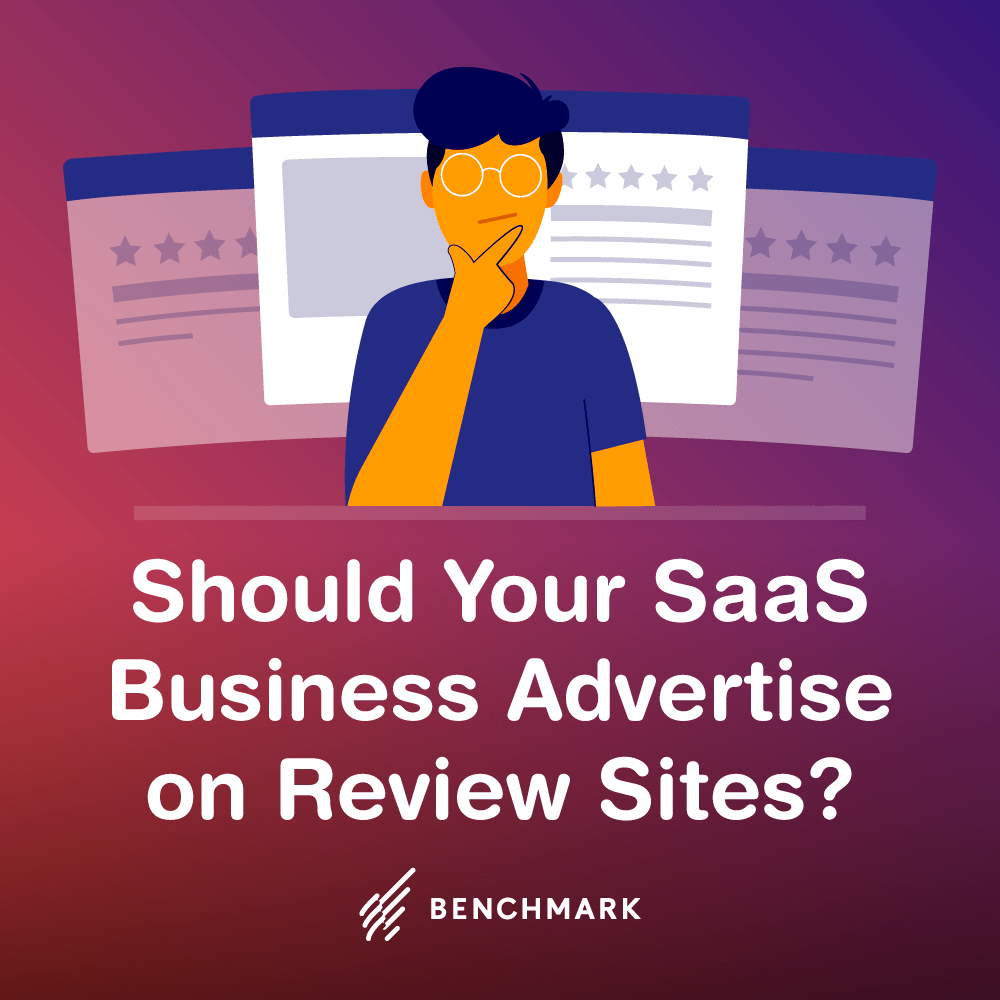Software companies, as well as marketing agencies that work with software companies, are up against a tricky problem when it comes to review sites. While these sites can be a valuable resource for people who are researching SaaS platforms and features, they’re also becoming increasingly pay to play. For users of the site, that means less transparency about why companies are ranking where they are. And for the companies themselves, that means if you’re not willing to pay, you’re probably not going to rank high enough to be discovered.
Should a review site PPC be in your SaaS company’s marketing budget? As with most things in the pay-per-click marketing world: it depends. Below, we’ll go over some of the pros and cons of paying for leads on review sites so that you can make the decision that’s best for your budget and your long-term goals.
Pro: Review Site Leads are Key in the Age of Informed Consumerism
Today’s consumers want to know as much information about a product as they can before they invest. This is in large part because software purchases are happening without direct human interaction. And the less you can speak to your product yourself, the more you have to rely on other sources to tout what makes you so great.
Review sites serve a key purpose when it comes to moving potential customers along all stages of the sales cycle. Also, they can make the difference between someone discovering (and purchasing) your product and never hearing about you. Two-thirds of software buyers say that product reviews significantly impact their purchasing decisions, with only 2% saying they have no impact at all.
Con: They’re Misleading to Users
If you get an icky feeling when you think about paying for a spot on review sites, you’re certainly not alone. As a general rule, you’re not going to see most sites offering transparency to their users about why certain software platforms made the list and why certain ones didn’t. Nor are they transparent about the order of the rankings. And while it’s not necessarily unheard of in the review world to require payment for exposure, it’s not something that a lot of consumers are aware of — and when they find out, it does tend to mar their perception of the information they’re getting.
Consider Yelp, a popular review site for commercial businesses that were once the go-to spot for people looking for a good restaurant or hairdresser. While the site is still pretty popular, they’ve lost a lot of consumer trust since news about their pay to play practices came to light. Today, it’s pretty much general wisdom that businesses have to pay up if they want the advertorial benefits of the site, and that makes more reliable peer-to-peer consumer review sites like Google Reviews and Facebook a preferred pick for many people.
Pro: It Helps to Diversify Your Reviews
A strong marketing strategy for a SaaS company includes getting reviews on as many sites as possible. That’s because 64% of software buyers want to read at least six reviews before making a purchase. If you’re only showing up on one or two sites, your platform might get overshadowed by one that shows up more often.
A concerted effort then to appear on review sites — even if it requires paying to get there — makes sense. Reviews are crucial in the software buying process, and there’s value in optimizing your presence on review sites. The fact that that so often requires payment might just be the downside to an otherwise sound marketing strategy.
Con: Review Sites Aren’t the Only Way to Get Your Name Out There
If you’re doing everything else right, you may be able to get away with opting out of the review site game. Because while reviews are notably important, they’re not the only way to get your name in front of buyers. You may find that the marketing success you’re able to achieve through other channels fills in the gaps that not being on review sites leave behind. After all, the less money you spend on getting your platform ranked on review sites, the more money you have to put toward other marketing efforts.
Ultimately, it’s up to your marketing team to decide whether advertising on review sites is in line with your values and your budget. Weigh the pros and cons discussed above, and consider the performance of your other marketing channels. If brand awareness and sales are strong without an active presence on review sites, then you might be just fine taking a stand against the pay to play practice. And if you do think that paying for review exposure is worth it, be sure to do your research so that you only allocate funds to the sites that stand to make the most significant impact for your business.
